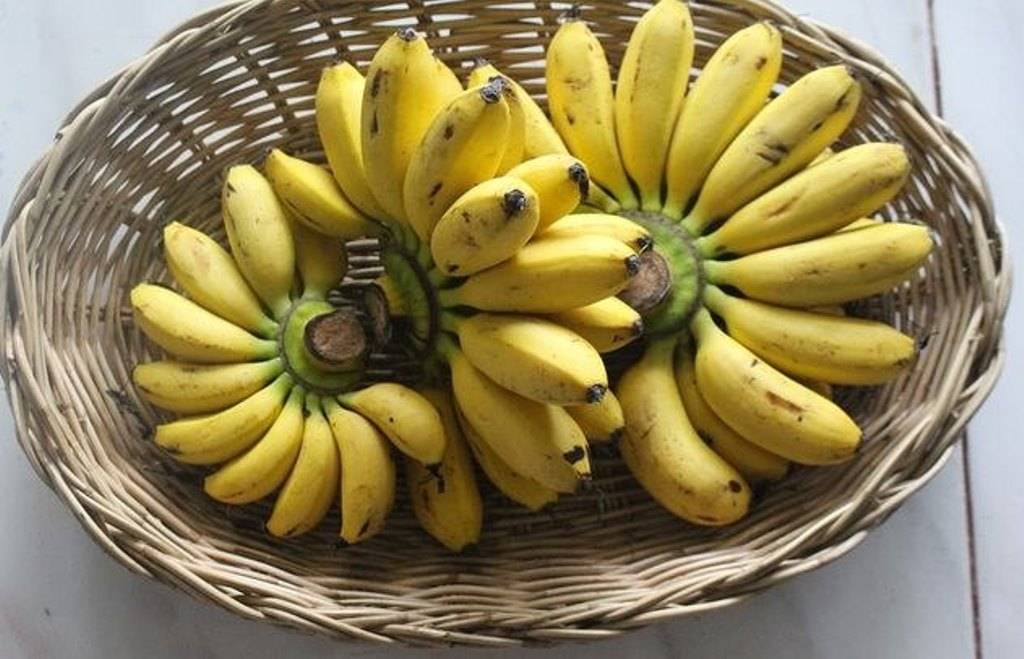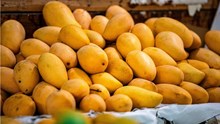
Banana is an elongated berry fruit which is produced by large herbaceous flowering plants. In some countries, the bananas that are used for cooking are called ‘plantains’, which distinguishes them from desert bananas. It has variable size, color & firmness.
In 2015, the Global Banana exports reached about 18 million tons. This tropical fruit is known to reduce swelling, protect against developing Type-2 diabetes, aids in weight loss, strengthen the nervous system, and help in the production of WBCs (white blood cells) as it contains a high level of Vitamin B6. High in anti-oxidants, it protects our body from free radicals.
Now, with so many health benefits, why not grow your own banana tree at home?
There are different varieties of bananas that can withstand temperature drops and also grow well in containers. Bananas are fast-growing, lush-green plants giving a tropical feel to the place they are grown. They are amazing, low-maintenance, and fast-growing houseplants.
Following are the requirements to grow banana trees at home:
Sun Light Being tropical in nature, bananas love full sun, heat, and humidity. So, while cultivating them at home, keep the plant at a place that receives maximum sunlight for a large part of the day, and is also sheltered from the fast blowing wind.
Soil Well draining, sandy soil that is rich in organic matter & compost. You can get the mixture from the store and if preparing at home, you can mix sand, perlite, compost, or manure. Good banana growth requires pH around 6-7, so if your soil is rich in alkaline then mix some sulfur to decrease its pH.
Watering Banana requires a lot of water and the soil should be kept uniformly moist. In summer, you might need to water it twice a day, but in winter you can reduce it to once a day.
Humidity Preferably, the banana plant requires above 50% of humidity levels. To provide for that, you can mist the plant and place it on a layer of pebbles in a tray filled with water.
Fertilizer Young banana plants should be fertilized with nitrogen-rich fertilizer for fast growth. Fertilize it with 15:5:30 fertilizers on a regular basis, once the tree becomes mature enough to produce fruit.

















